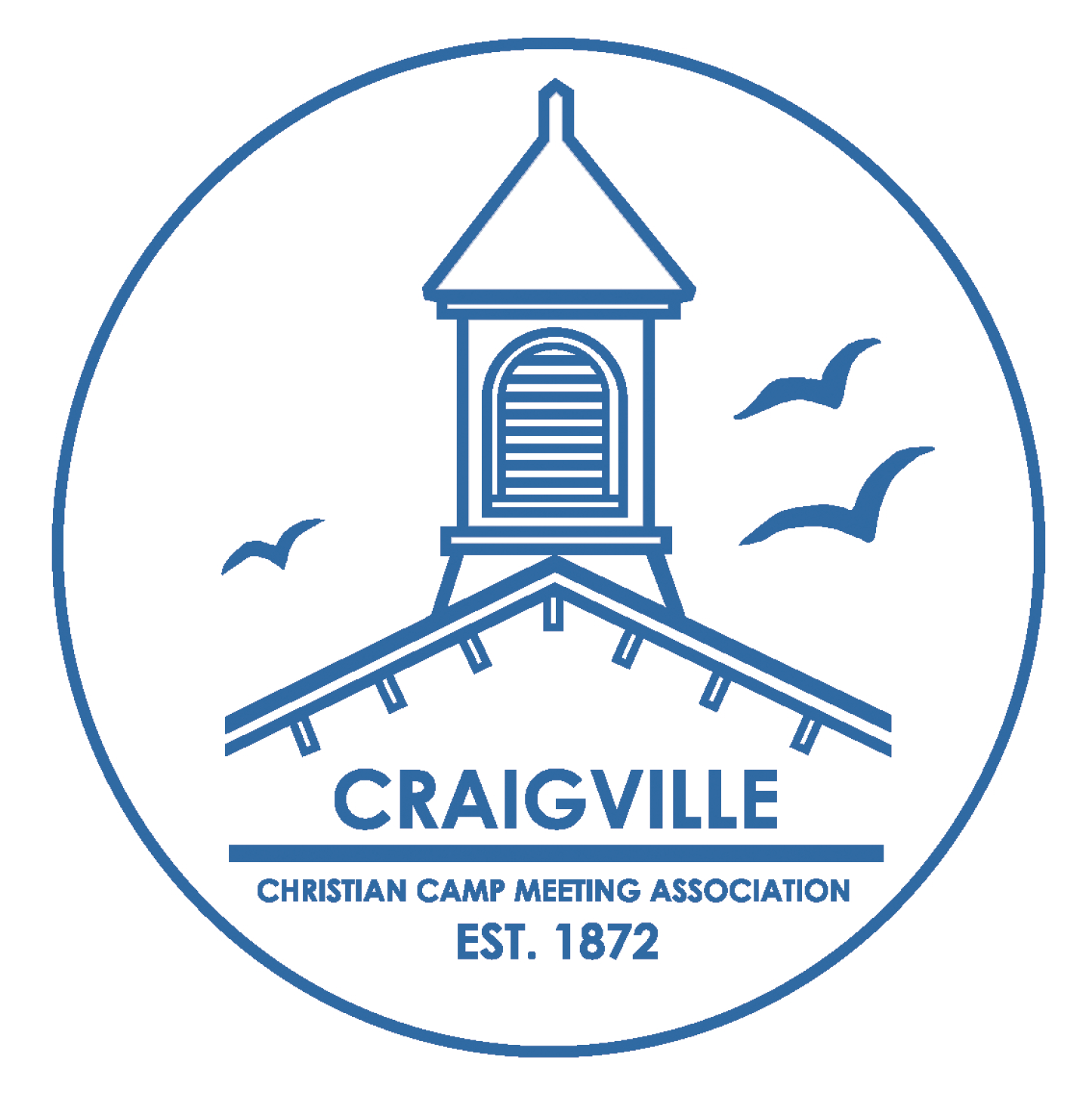Remembering Our History
Carroll Whittemore owned most of the property on what has been known as Upper Lake Elizabeth Drive, including the former farmhouse adjacent to the Schultz cottage on Sargent Lane at the north end of Red Lily Pond, where he lived part-time during the year. He also owned a cottage on Vine Avenue, which was later the home of his second wife, Agnes Whittemore, The cottage included a lovely backyard sculpture of a young nude woman that was an attraction for teenage boys and conference center staff, who appreciated the opportunity to polish the stature each summer for a few extra dollars.
Carroll served on the CCMA board a in the 1960s and 1970s. In 1977, he purchased the store alongside the Green that had long been operated by Louise Walker and converted it into a branch of his Newton church goods store, “Ecclesiologist,” which he operated until his until his death in 1976. Following his death, the store was owned by his widow, Agnes, and managed by Rev. Frasier Kiersted. Later in the seventies, the store was sold and converted to a private residence.
Mr. Whittemore shared the concern of many CCMA members that Craigville was losing touch with its spiritual ancestors and purpose. He responded by making available a portion of farmland north of the Tabernacle for purchase at low cost by clergy and their families. This development was initially known as “Divinity Lane” and “Ministers’ Row” and now many residents refer to it as “Craigville Heights.” More than a third of these properties continue to be occupied by clergy families or descendants of the original purchasers. In 1976, the upper portion of Lake Elizabeth Drive abutting Elliott Road was dedicated as Bicentennial Park.
Born in Canton, ME, as a young man Carroll Whittemore moved to Boston where he became manager of both the Judson and Pilgrim Press Book Stores. After six years with the latter firm, he established his own business, Whittemore Associates, from which he retired as president in 1972. He then moved to Craigville from Needham and operated the Ecclesiologist.

